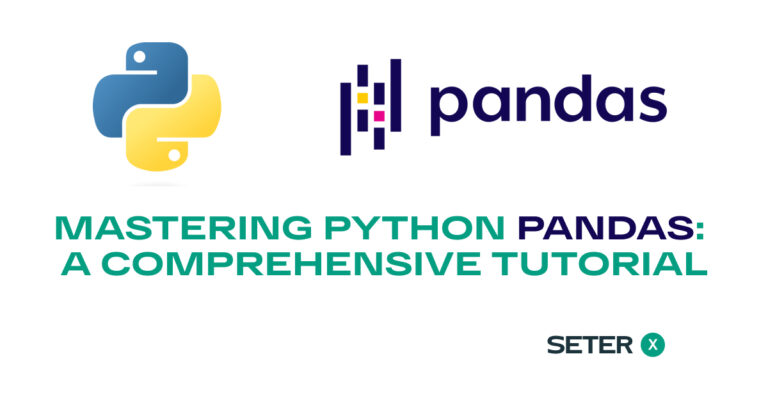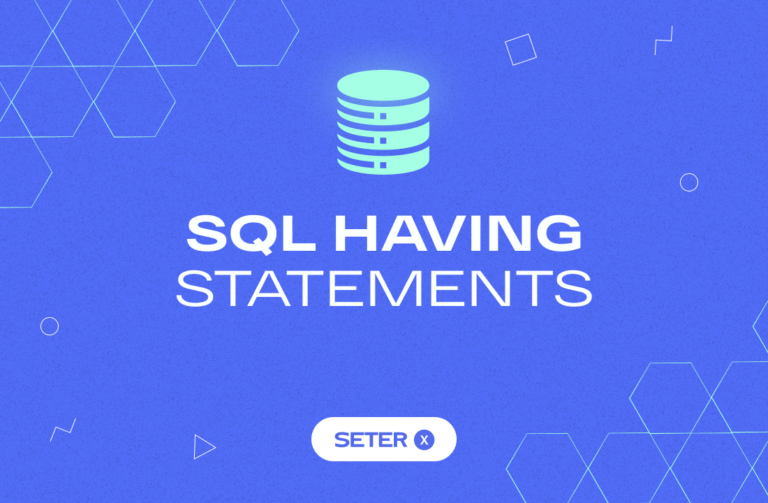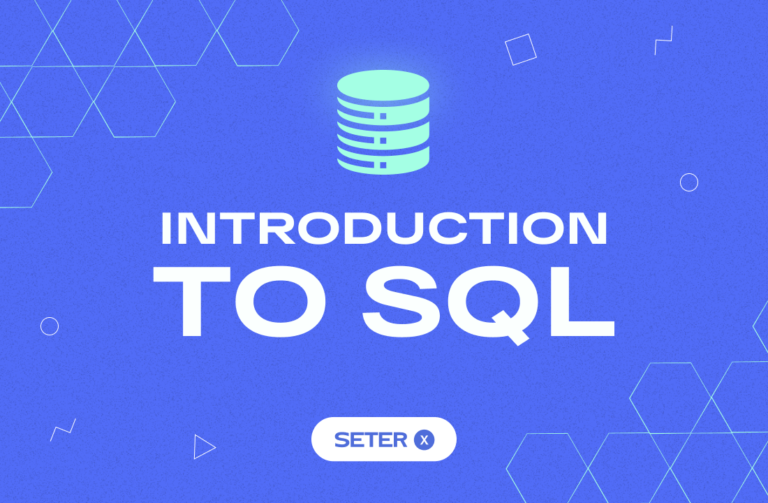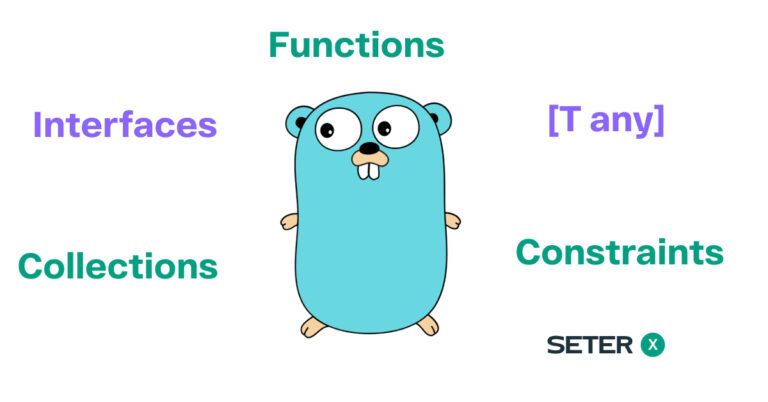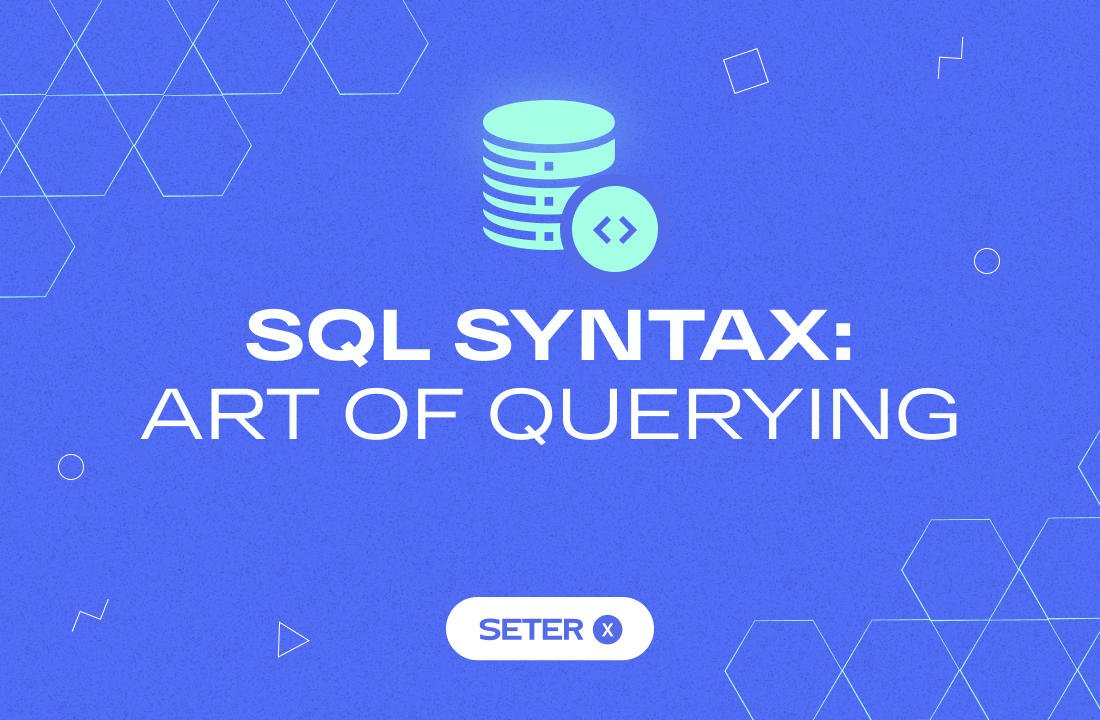
SQL (Structured Query Language) is a programming language used to manage relational databases. It is used to store, manipulate, and retrieve data from databases. SQL has become the standard language for working with relational databases and is supported by all major database management systems. This article will provide a comprehensive guide to SQL syntax.
SQL Statements
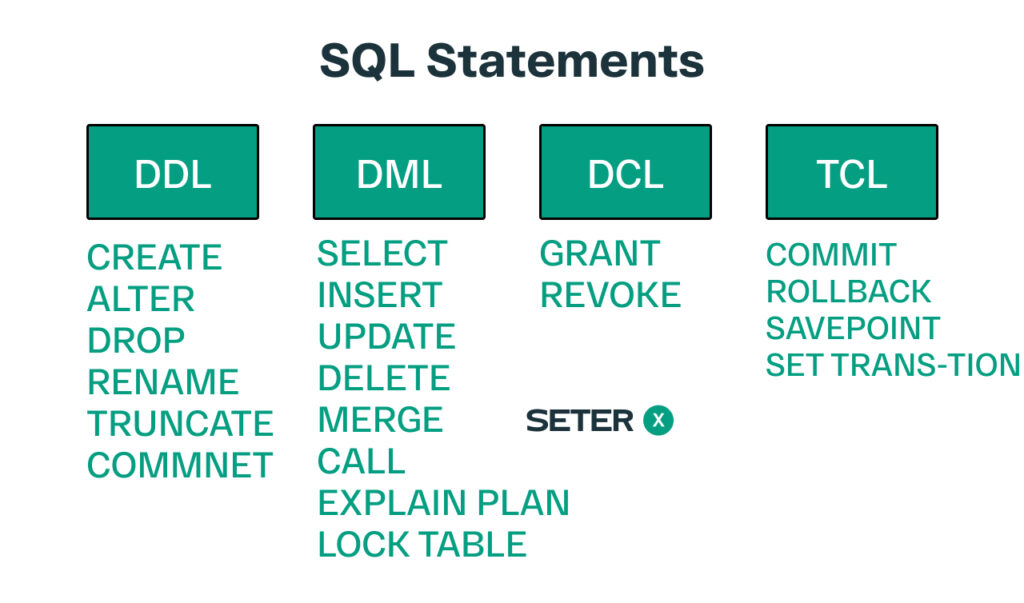
SQL statements are the instructions that tell a database management system what to do. There are several types of SQL statements, including data definition language (DDL), data manipulation language (DML), and data control language (DCL) statements.
Data Definition Language (DDL) Statements
DDL statements are used to define the structure of a database. They include statements such as CREATE, ALTER, and DROP. The CREATE statement is used to create a new table, view, or index. The ALTER statement is used to modify the structure of a table or view. The DROP statement is used to delete a table, view, or index.
CREATE TABLE customers (
id INT PRIMARY KEY,
name VARCHAR(255) NOT NULL,
age INT
);Data Manipulation Language (DML) Statements
DML statements are used to manipulate data in a database. They include statements such as SELECT, INSERT, UPDATE, and DELETE. The SELECT statement is used to retrieve data from one or more tables. The INSERT statement is used to add new rows to a table. The UPDATE statement is used to modify existing rows in a table. The DELETE statement is used to delete rows from a table.
INSERT INTO customers (name, age, email) VALUES ('John', 25, '[email protected]');Data Control Language (DCL) Statements
DCL statements are used to control access to a database. They include statements such as GRANT and REVOKE. The GRANT statement is used to grant privileges to a user or group of users. The REVOKE statement is used to revoke privileges from a user or group of users.
GRANT SELECT, INSERT ON customers TO user1;SQL Syntax
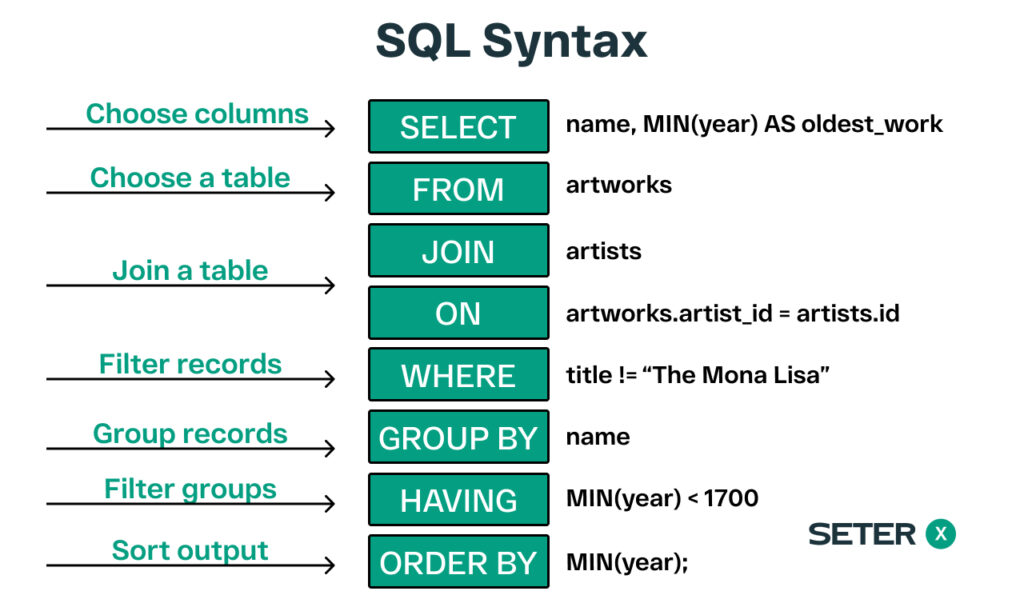
SQL statements are written in a specific syntax that consists of keywords, clauses, expressions, and operators. Here is an example of a simple SQL statement:
SELECT * FROM customers;This statement selects all the rows and columns from the customers table. The SELECT keyword is followed by a list of columns to retrieve or the * wildcard to select all columns. The FROM keyword is followed by the table name.
Keywords
Keywords are reserved words that have a specific meaning in SQL. They cannot be used as column names or table names. Some common SQL keywords include SELECT, FROM, WHERE, GROUP BY, and ORDER BY.
SELECT age, COUNT(*) FROM customers GROUP BY age;Clauses
Clauses are components of SQL statements that define what the statement does. Some common SQL clauses include SELECT, FROM, WHERE, GROUP BY, and ORDER BY. Clauses are typically followed by a list of arguments that define the behavior of the clause.
SELECT * FROM customers WHERE age > 18;Expressions
Expressions are used to perform calculations or evaluate conditions in SQL statements. They can be simple or complex, and can include functions, operators, and literals. Some common SQL expressions include COUNT, SUM, AVG, MAX, MIN, and LIKE.
SELECT * FROM customers WHERE name LIKE '%John%';Operators
Operators are used to perform operations on expressions in SQL statements. There are several types of operators in SQL, including arithmetic operators, comparison operators, and logical operators. Some common SQL operators include +, -, *, /, =, <>, <, >, AND, OR, and NOT.
SELECT 2 + 2;
SELECT 10 * 5;
SELECT 100 / 20;Conclusion
SQL syntax is the backbone of managing relational databases. This article provided a comprehensive guide to SQL syntax, including SQL statements, keywords, clauses, expressions, and operators. With this knowledge, you should be able to start writing your own.
In addition to mastering the SQL syntax, you may find these articles helpful for further exploring the capabilities of SQL:
- SQL Select (with Distinct and Top): This article explains how to use the SELECT statement in SQL to retrieve data from one or more tables in a database, including how to use the DISTINCT and TOP keywords to refine your queries.
- SQL WHERE with AND, OR, NOT Operators: This article explores the WHERE clause in SQL, including how to use logical operators such as AND, OR, and NOT to filter your query results based on multiple conditions.
By building on the foundational knowledge covered in this article and exploring more advanced features of SQL, you can unlock the full potential of this powerful language for managing and analyzing data.


